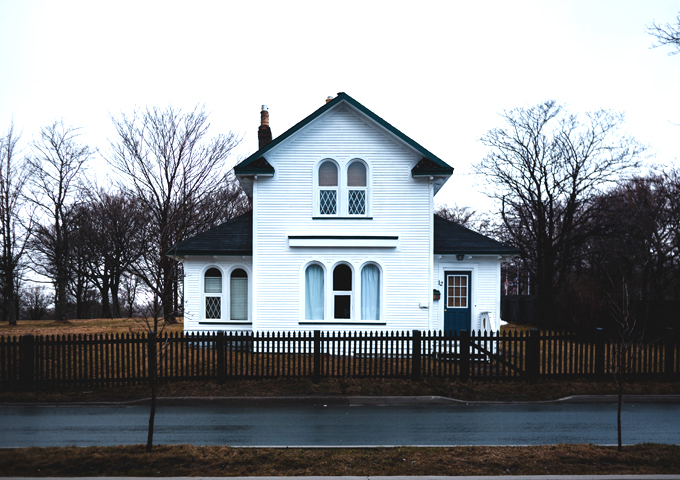
A clear difference exists between temporary and permanent fencing solutions. While this should be obvious, the reality is that temporary solutions should ideally only be used for short periods of time, for reasons that will be discussed here.
Installing Fencing for the Future
Different grades and types of temporary fencing are available. While it isn’t recommended for you to use temporary fencing for extended periods, if it is of good quality, it can still hold up rather well over time.
The first thing you should determine is what will happen to the site once construction is complete because there are often many different reasons why you would choose to erect a temporary fence, whether it is to secure a boundary temporarily before installing a permanent solution or keeping the construction site and machinery safe and out of bounds to the public while construction is underway.
If a permanent fence will be required, you should try and get it specified and planned early on, so that it can be installed either before or during the construction phase. That way, the construction site will be more secure, and temporary fencing will only be required for the recommended period of time while awaiting permanent fence installation.
If there won’t be a permanent perimeter fence once construction is completed, it can be tricky to know whether you should invest in more robust or higher quality temporary fencing if you aren’t sure of the project’s timeline, but generally the larger the construction builds, the higher the quality of the temporary fencing needs to be since it will last for much longer.
Still, there are ‘semi-permanent’ fencing solutions available in the market that don’t require a foundation but still offer better security compared to standard ‘express’ panels. However, such solutions don’t have any guarantee and can be incredibly costly for a temporary solution and have security flaws and increase risk.
When it comes to permanent security fence solutions, posts are usually secured into the ground and the weaknesses are in the connections between the panels and posts as well as the pales to the panels. This is where a properly designed permanent security fence differs from a less secure fence.
The connectors from panels to posts need to be vandal-proof, hidden or on the inside of the fence, and a secure fence usually shouldn’t be designed with bolts attaching the pales to the panels, but would instead be manufactured as part of the panel.
A ‘semi-permanent’ foundation-free fence, on the other hand, should be designed in a similar way as the above, but it is at the posts and foundations where the extra risk lies. If posts aren’t secured to the ground, they need to be attached to something heavy to hold them in place.
At this point, there’s usually a connector between the fence and the weight to ensure that the fence remains upright. It is an extra vulnerability that once removed can cause the fence to be toppled and the site to be accessed.
The weight itself is another vulnerability, for ease of installation the weight is usually some kind of container that’s usually filled on-site to allow for easy installation. Sand, water, or building aggregates are materials commonly added to the inside of the plastic container, but for ease of installation and dismantling, the material or sand is usually kept in bags, which can allow an intruder to easily remove the weight, exposing the entire fence system to risk.
Privacy and Noise Reduction
Construction sites generally require noise reduction as well as privacy in addition to the temporary fencing, and acoustic blankets are commonly used for this.
